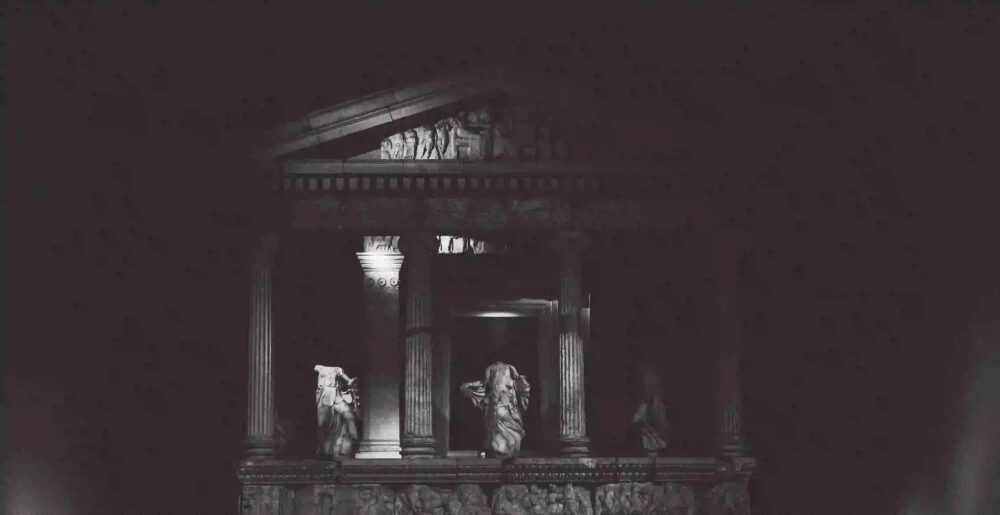From ancient times, humans have sought to understand the mysteries of the universe and our place within it. One of the most fundamental questions we ask is: How did the world come into existence? Throughout history, cultures around the world have developed their own unique mythologies and creation stories to explain the origins of the world. In this blog post, we will explore the rich tapestry of creation myths from various cultures, delving into the diverse ways in which different civilizations have sought to make sense of the world around them.
The Creation Myths
Greek Mythology: Chaos and the Titans
In Greek mythology, the world began with Chaos, a formless and primordial void. From Chaos emerged Gaia (Earth) and Eros (Love), who then gave birth to Uranus (Sky). Uranus and Gaia became the parents of the Titans, who ruled over the universe. One of the Titans, Cronus, overthrew his father Uranus and became the supreme ruler. This myth explains the origins of the Earth and the divine hierarchy in Greek mythology.
Norse Mythology: The Creation of the World from Yawning Void
According to Norse mythology, the world was created from the empty void known as Ginnungagap. In this vast emptiness, the primordial giants emerged, followed by the creation of the gods. The gods then shaped the world using the body of the giant Ymir. His flesh became the earth, his blood became the sea, his bones became the mountains, and his skull became the sky. This creation myth highlights the cyclical nature of life and death in Norse mythology.
Hindu Mythology: Brahma and the Cosmic Egg
In Hindu mythology, the creation of the world is attributed to the god Brahma. It is believed that Brahma emerged from a golden cosmic egg, known as the Hiranyagarbha. As Brahma hatched from the egg, he created the universe, including the heavens, earth, and all living beings. This creation myth emphasizes the divine power of Brahma and the continuous cycle of creation and destruction.
Aboriginal Dreamtime: The Ancestors’ Songlines
In Aboriginal Dreamtime mythology, the world was created by ancestral beings who traveled across the land, singing the world into existence. These ancestral beings shaped the landscape, created the animals, and established the laws and traditions of the Aboriginal people. The Dreamtime creation myth reflects the deep connection between the Aboriginal people and the land, as well as their understanding of the world as a living, spiritual entity.
Chinese Mythology: Pangu and the Creation of the World
Chinese mythology tells the story of Pangu, a giant who slept within a cosmic egg for 18,000 years. When Pangu finally awoke, he stretched his limbs, causing the egg to crack open and giving birth to the world. Pangu’s body transformed into the various elements of the universe, with his breath becoming the wind and clouds, his voice becoming thunder, and his limbs becoming the mountains and rivers. This creation myth symbolizes the harmony between the natural elements and the unity of all things.
Conclusion
The mythology of creation offers us a glimpse into the diverse and imaginative ways in which different cultures have sought to explain the origins of the world. These creation myths not only provide fascinating narratives but also reflect the values, beliefs, and worldview of their respective civilizations. By exploring these myths, we gain a deeper appreciation for the richness of human imagination and our timeless quest for understanding the mysteries of the universe.
So, the next time you gaze up at the night sky or ponder the wonders of nature, remember the ancient stories that have shaped our understanding of the world. The mythology of creation continues to inspire and captivate us, reminding us of our shared human heritage and the power of storytelling throughout the ages.
